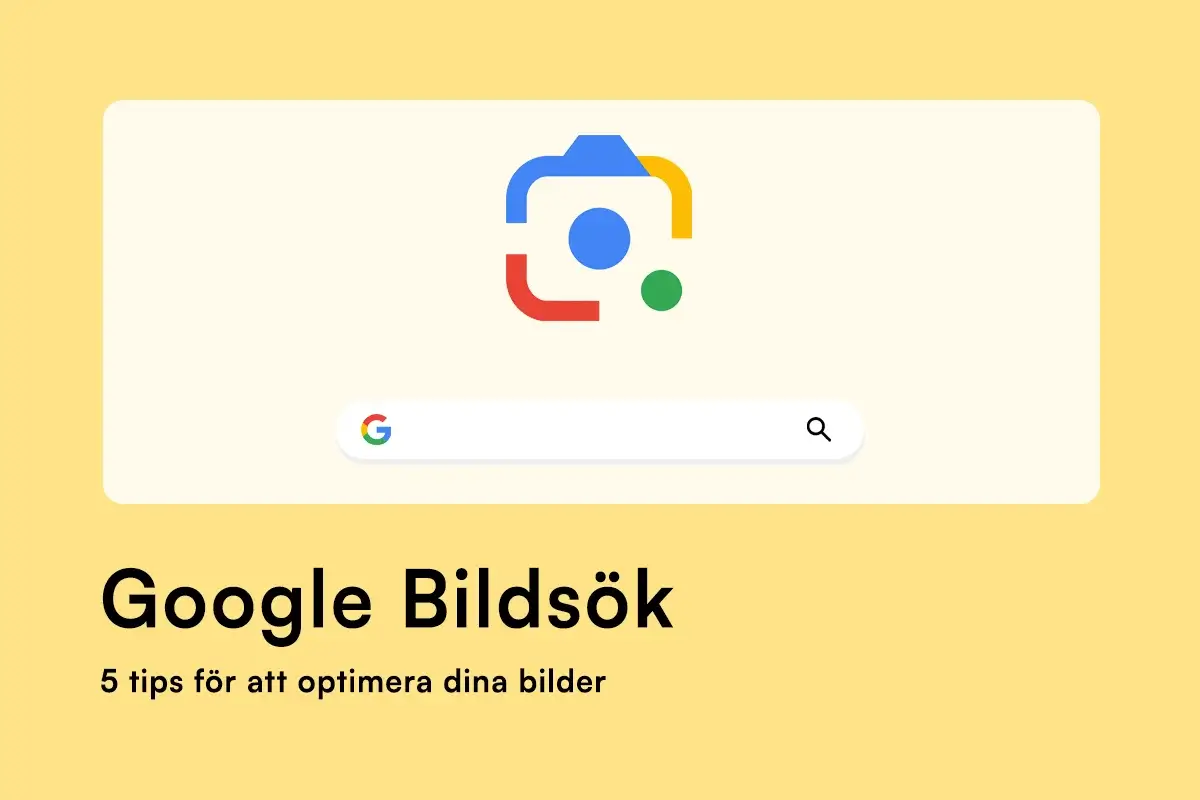Search Engine Marketing (SEM) is a form of digital marketing that aims to increase the visibility of websites in search engines through paid advertising. SEM includes both Search Engine Optimization (SEO) and Pay-Per-Click (PPC) advertising. Working with SEM is crucial for businesses because it provides an effective and fast way to drive traffic to their websites. By using SEM, businesses cannot only appear in search results but also reach a wider audience in a cost-effective way.
The two main components of SEM: SEO and PPC
SEO (Search Engine Optimization) is about improving a website’s visibility on search engines like Google and Bing through organic, unpaid methods. This involves optimizing the content and technical aspects of the website to ensure it ranks higher in search results. SEO focuses on using relevant keywords, improving the user experience, and building authoritative links.
PPC (Pay-Per-Click) is a form of paid advertising where companies pay a fee each time someone clicks on their ad. The ads are usually displayed at the top of search results, making them highly visible to users searching for specific terms. PPC campaigns use platforms such as Google Ads and Bing Ads to create and manage ads. PPC and SEO complement each other in that SEO builds organic traffic over the long term, while PPC offers faster results through paid visibility.

Do you want help with SEM?
Do you want to increase the visibility of your business and reach your target audience effectively through search engine marketing? We are your SEM agency and can help you create and optimize campaigns that deliver results.
Contact us today for a free consultation.
Benefits of using SEM
One of the biggest benefits of SEM is that it can quickly increase a website’s visibility and drive traffic. By appearing in search results via paid ads, businesses can quickly reach potential customers who are searching for their products or services. SEM also offers a high ROI (Return on Investment) because results can be measured and continuously optimized with tools like Google Analytics. Through measurable results, businesses can easily adjust their campaigns to maximize impact and get the most out of their marketing budget.
How Search Engine Marketing Works
SEM starts with an understanding of how search engines work. Search engines like Google and Bing use algorithms to determine which pages to show in search results based on relevance and quality.
In PPC, the process starts with businesses bidding on keywords that are relevant to their business. When a user searches for those keywords, their ads appear at the top of the search results. The placement of the ads is determined by a combination of bid amounts and the ad’s Quality Score, which is assessed based on the ad’s relevance and user experience.
Tools and platforms
To be successful with SEM, it is important to use the right tools and platforms. Google Ads and Bing Ads are the most widely used platforms for creating and managing PPC campaigns. These platforms offer tools for keyword research, ad optimization, and performance analysis. Other important tools include Keyword Planner, which helps identify the most effective keywords to target, and Google Analytics, which tracks and analyzes traffic and campaign performance.
SEM vs. SEO: What’s the difference and how are they related?
SEM and SEO are both strategies for increasing visibility in search engines, but they differ in how they work and what results they produce. SEO focuses on improving a website’s organic visibility by optimizing content, technology, and authority, while SEM includes paid advertising to quickly gain visibility.
Despite their differences, SEM and SEO can be used together for best results. By combining the long-term benefits of SEO with the faster, measurable results of SEM, businesses can maximize their visibility and drive more traffic to their websites. Integrating both strategies into your marketing plan is an effective way to ensure that you are visible in both organic search results and through paid advertising.
SEM is about being visible and reaching the right audience quickly and effectively. By understanding and implementing the different aspects of SEM, businesses can improve their digital presence and achieve their marketing goals.




